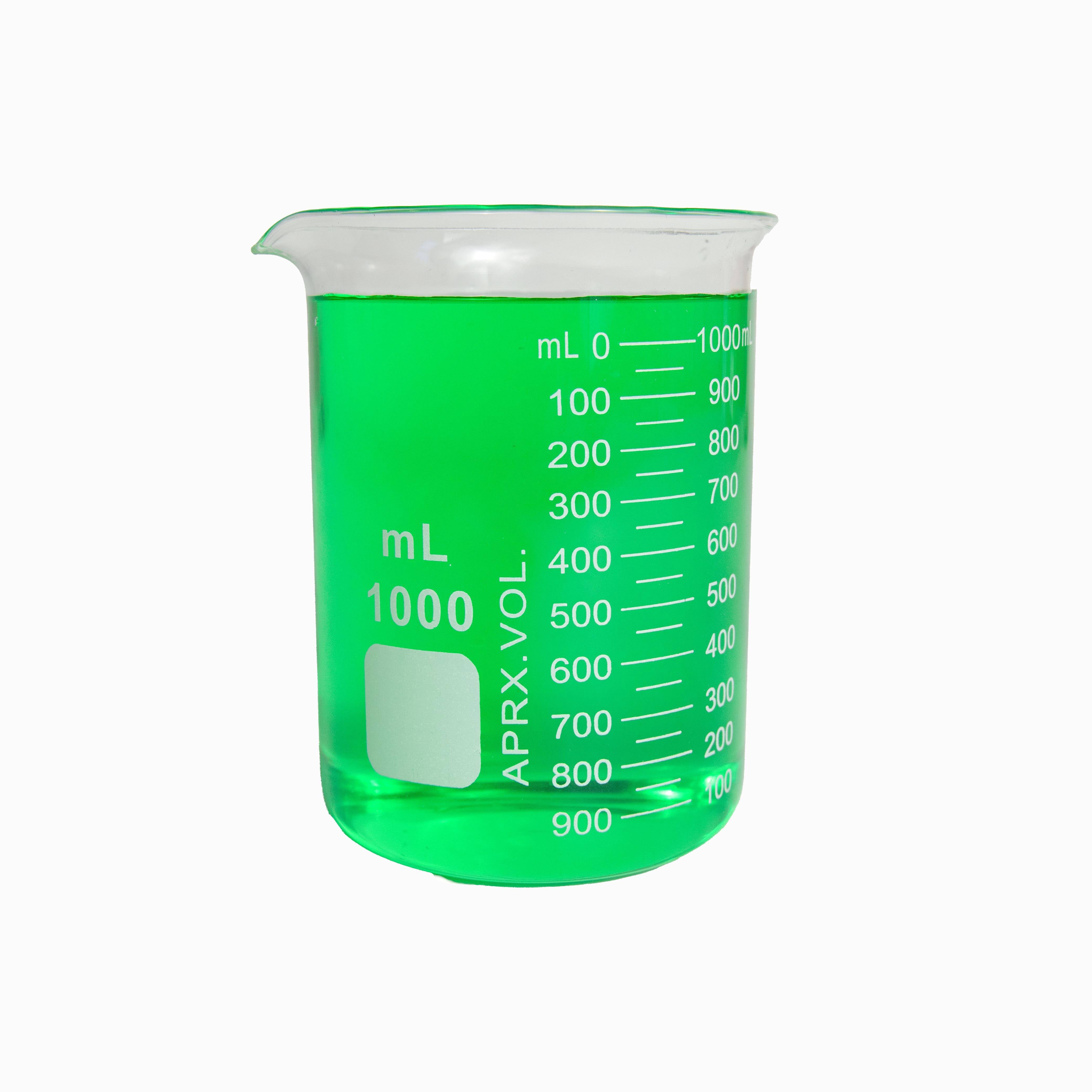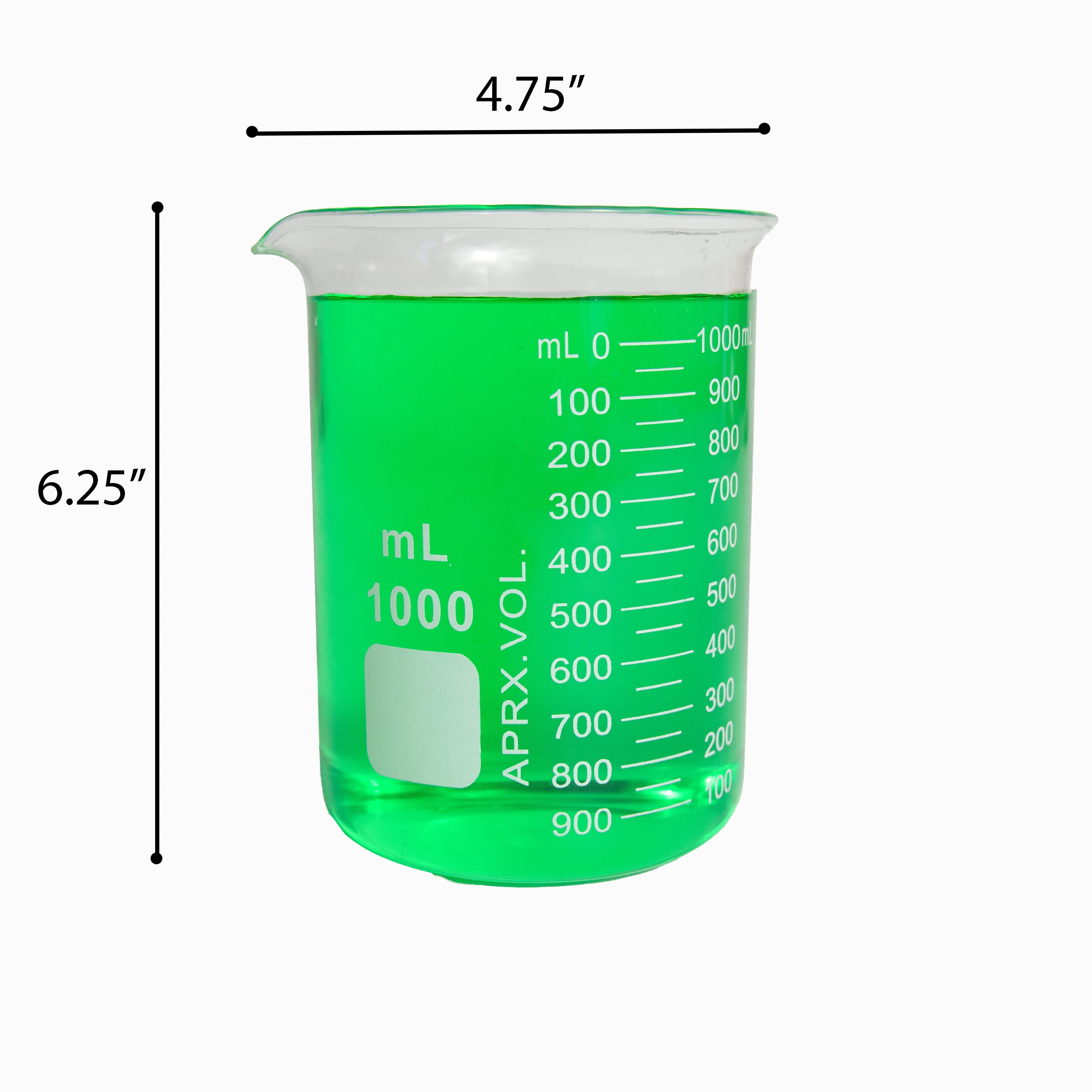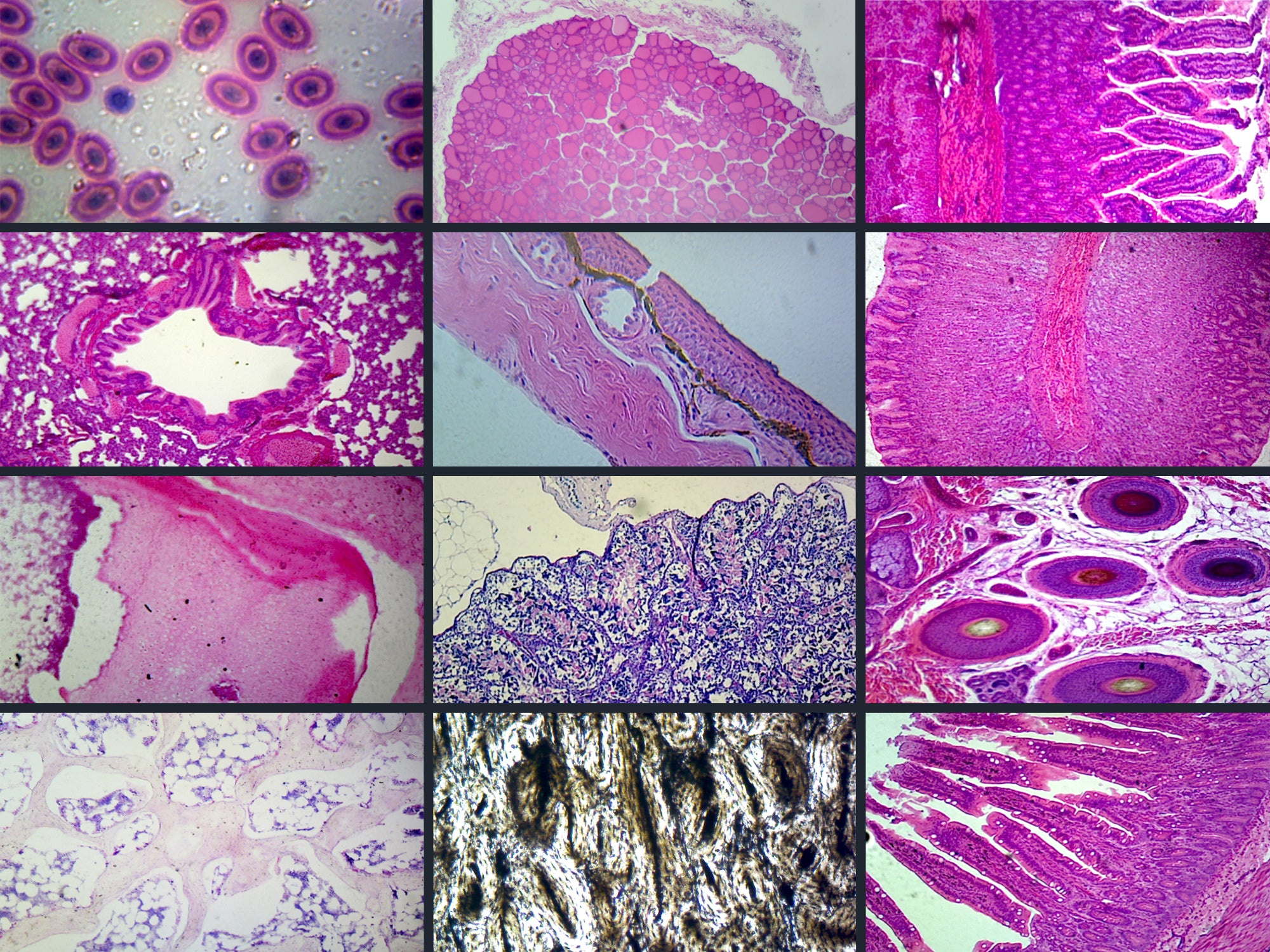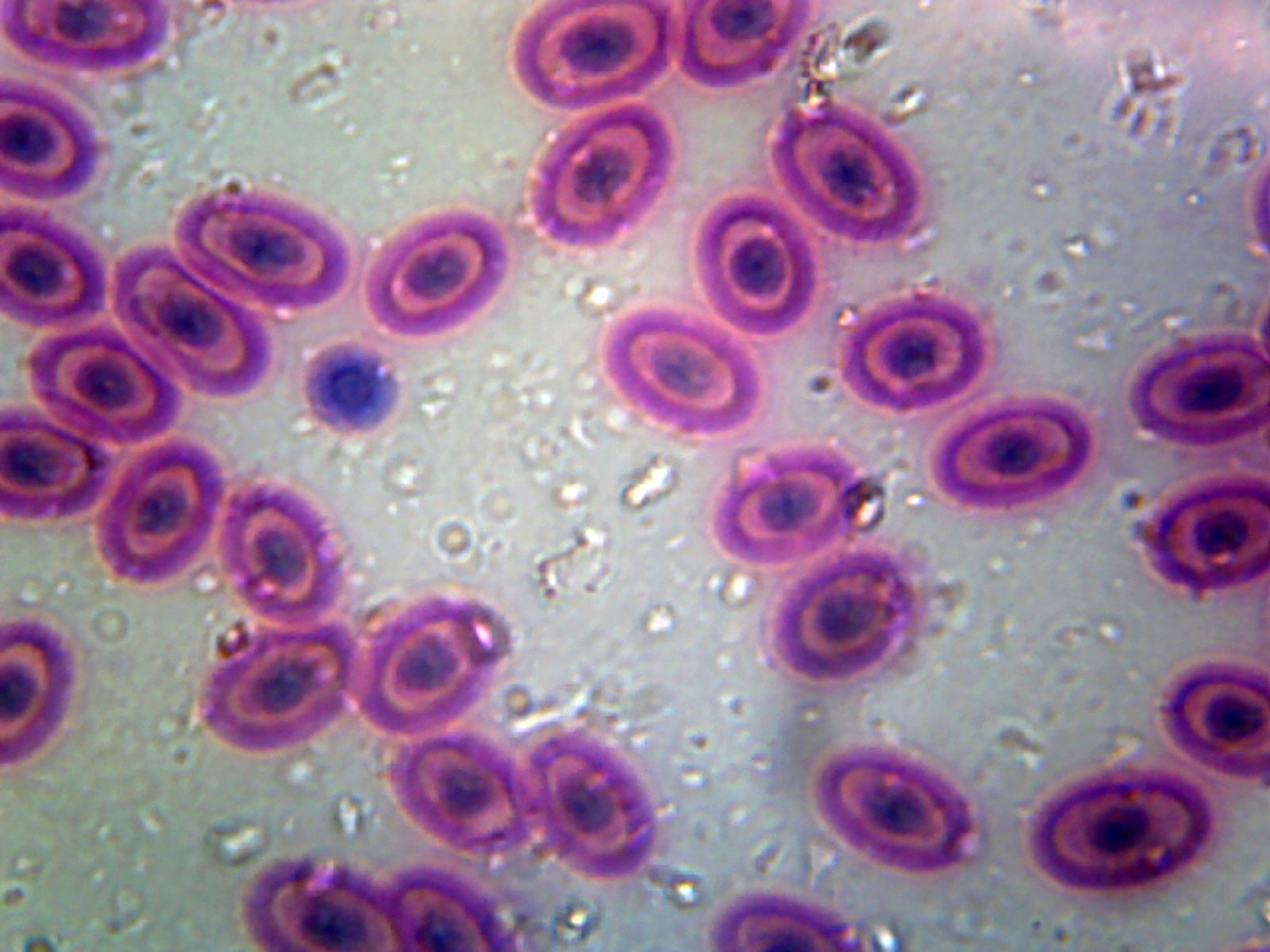Are you using your graduated cylinder correctly to ensure accurate liquid measurement in the lab? Whether you're working in a research lab, a school setting, or an industrial environment, it's essential to know how to handle a graduated cylinder properly. This tool is used for measuring liquid volumes with precision.
This guide will help you understand how to use a graduated cylinder. You'll learn how to choose the right type, read measurements correctly, and avoid common mistakes.
What Is a Graduated Cylinder and Why Use It?
A graduated cylinder is a tall, narrow container. It's marked with volume measurements along the side. It is more precise than beakers or flasks.
Why use a graduated cylinder?
-
It has fine, clear graduations for accurate readings.
-
It is ideal for measuring both small and large liquid volumes.
-
It comes in various sizes and materials to fit lab needs.
A graduated cylinder is the best choice when you need reliable volume measurements. It allows visual confirmation without needing advanced equipment.
Choosing the Right Size Graduated Cylinder
Choosing the right size of the graduated cylinder is important. It helps avoid mistakes and improves accuracy.
Size selection tips:
-
For measuring 20 mL of liquid, use a 20 mL or 50 mL cylinder.
-
Do not use a 1-liter cylinder for small volumes.
-
Use smaller cylinders for experiments that require fine measurements.
-
Use large cylinders (up to several liters) for bulk liquid preparation.
Always match the cylinder size to the amount you need. This helps reduce reading errors.
Material Matters: Glass vs. Plastic Cylinders
A graduated cylinder is made from different materials. The most common are glass and plastic. Each type has its benefits.
1. Glass Graduated Cylinders:
-
Made from borosilicate glass.
-
Heat-resistant and suitable for autoclaving.
-
Used in chemical and biological applications.
-
Fragile but chemically strong.
2. Plastic Graduated Cylinders:
-
Made from polypropylene or polymethylpentene (PMP).
-
Lightweight and less likely to break.
-
Suitable for routine use and student labs.
-
It may wear out faster over time.
Use a glass graduated cylinder when accuracy and heat resistance are important. Choose plastic when you need safety, durability, or are working in a busy lab.
How to Properly Measure with a Graduated Cylinder
To use a graduated cylinder correctly, follow these basic steps:
-
Choose the right size. Match the cylinder size to the volume you are measuring.
-
Clean and dry the cylinder. This ensures clarity and prevents contamination.
-
Place it on a flat surface. Keep it steady and level for accurate reading.
-
Pour the liquid slowly. Stop when the bottom of the meniscus touches the mark.
-
Read the level at eye height. Avoid looking from above or below.
Important reminders:
-
Do not mix solutions inside the cylinder.
-
Use it only for liquids, not solids.
These steps help you get precise and repeatable results every time.
Understanding the Meniscus and Parallax Error
The meniscus is the curved surface of a liquid in a cylinder. Water and most liquids form a concave meniscus. You should read the measurement at the bottom of this curve.
Make sure to read it at eye level. If you look from an angle, you may experience parallax errors. This makes the liquid appear higher or lower than it is.
Class A vs. Class B Graduated Cylinders
A graduated cylinder comes in different classes. These indicate their precision and durability.
1. Class A Graduated Cylinders:
-
Highly accurate.
-
Have more graduation lines between markings.
-
Made for use with harsh chemicals.
-
Good for experiments that need exact measurements.
2. Class B Graduated Cylinders:
-
Less precise but still reliable.
-
Fewer gradation lines.
-
Made from standard soda glass or basic plastic.
-
Suitable for general lab work.
Choose Class A when you need high precision. Choose Class B for everyday measurements.
Maintenance Tips for Longevity
To keep your graduated cylinder in good condition, follow these care tips:
-
Clean it after each use.
-
Avoid using abrasive brushes or cleaners.
-
Store cylinders upright in a safe, stable area.
Proper maintenance helps extend the life of your equipment. It also keeps your measurements accurate over time.
Final Thoughts
Using a graduated cylinder properly is essential for accurate lab work. Whether you're measuring a few milliliters or several liters, following correct procedures improves reliability.
Use the right size. Choose the right material. Always read the meniscus carefully. Maintain your cylinders with care.
Need high-quality lab supplies? Explore GSC Go Science Crazy for a reliable selection of graduated cylinder options for every lab need.











